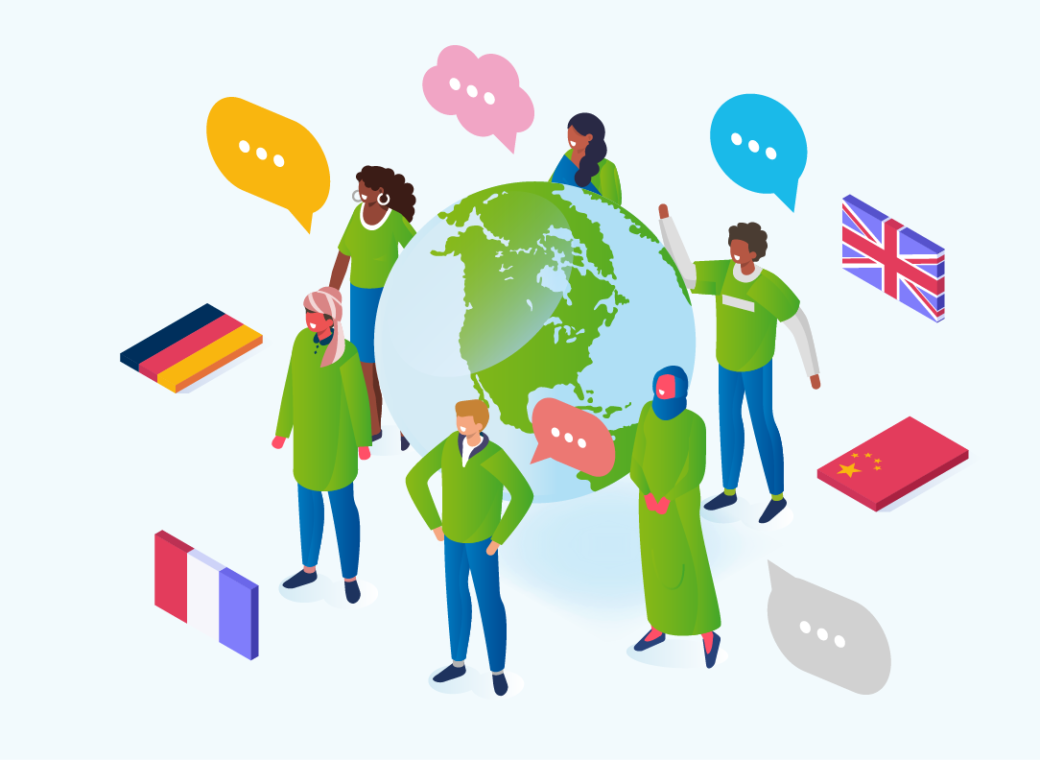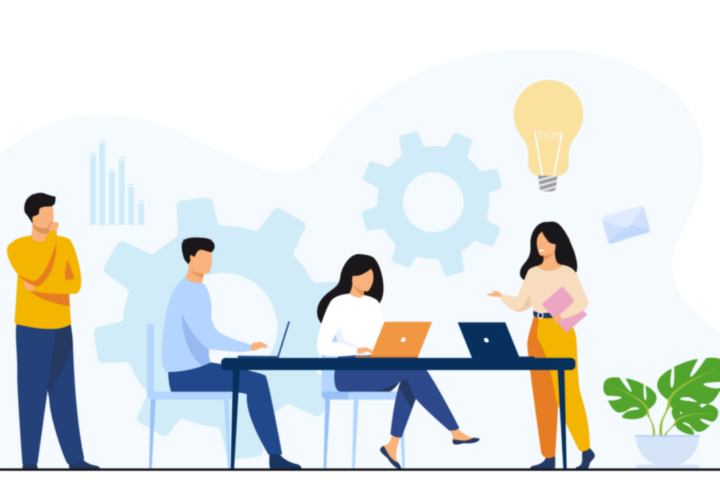Machine translation has become an important part of the translation industry, especially for companies with high volume requirements.
Machine translation has gained so much momentum, thanks to the capacity of so-called machine learning and neural translation.
These recently developed technologies have been used extensively in machine translation and have led to extraordinary advances in machine translation tools.
Machine learning is a subfield of artificial intelligence and comes from the idea that the computer can not only process data, but also use that data to learn and improve on various subjects.
The importance of machine learning and data can be seen most clearly in machine translation
Machine translation, while based at the beginning, on a system of rules and statistics, has become more and more effective when translation solutions have been able to use these technologies.
One of the best examples of machine learning applied to machine translation is neural translation.
Neural machine translation is today a cutting-edge technology that uses machine learning, but also big data and artificial intelligence in the broad sense, to allow companies to translate and/or locate by taking into account the contexts of terms, correlate them … and do so in a time close to the instant.
The same word > another context > another translation
For this to work it is necessary to provide data to the machine:
1. The data provided by the tool
This data, which is in the form of files with a source language and a target language, can be purchased or made available in open source.
In particular, it will be handled by linguists to correct potential errors or adapt the file to the needs of the company.
This human intervention is crucial, because the cleaner the data is and the more humans read it, the more usable it will be for the machine.
2. The data provided by the company
The data may be provided by the client company, in particular with its translation memories.
Translation memories are a stock of past translations, validated internally by the company (specific lexicology, tone of voice, etc).
The incredible capabilities of machine translation
1. Learning from data
So the translation occurs through a neural network that has the ability to connect sentences to context rather than parsing words one by one.
The tool will be able to translate the source language automatically and gradually, taking into account the context of the source language sentences and the target language usage rules determined by the company. That context will be established with all that data.
As a result, the neural network gets richer with this vast amount of training data and continually optimizes translations from the data that feeds it.
The machine learns during the training phase and when it translates, it is done on the basis of this learning that can be regularly updated.
In addition, during translation, the addition of dictionaries and the new Neural Fuzzy Adaptation (NFA) feature may also take the context from the translation memory. The content is then translated almost instantly, with relevance that machine translation never achieved before when it did not use AI and neural systems.
2. Improving language accuracy with a dictionary
Machine translation therefore uses these training engines to learn, but it can also learn to use the dictionary.
It is not a computer use but a real use like a “human”: the computer will open the dictionary, find the match by eliminating and/or selecting the right term and translate sentence by sentence or document by document in the context that perfectly matches the source data.
Machine translation is therefore relevant to any business, and is being improved as it is used.
3. Further refine by leveraging translation memories
Translation can be further refined using your company’s internal resources. The acronyms, vocabulary and product names for example that you use every day can be used to personalize translations.
The translation is as close as possible to your native language, tone of voice of your company and specific vocabulary from your industry.






